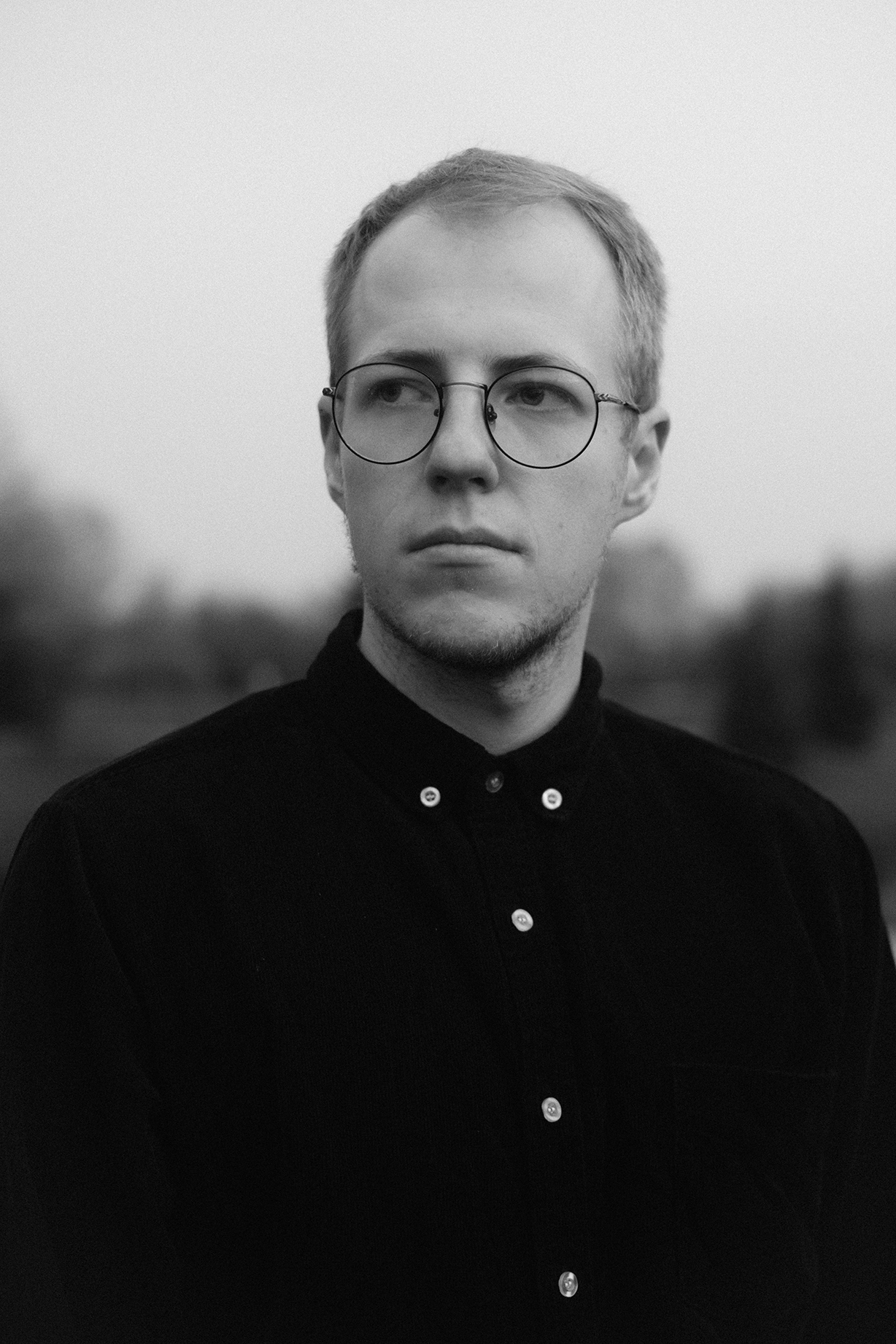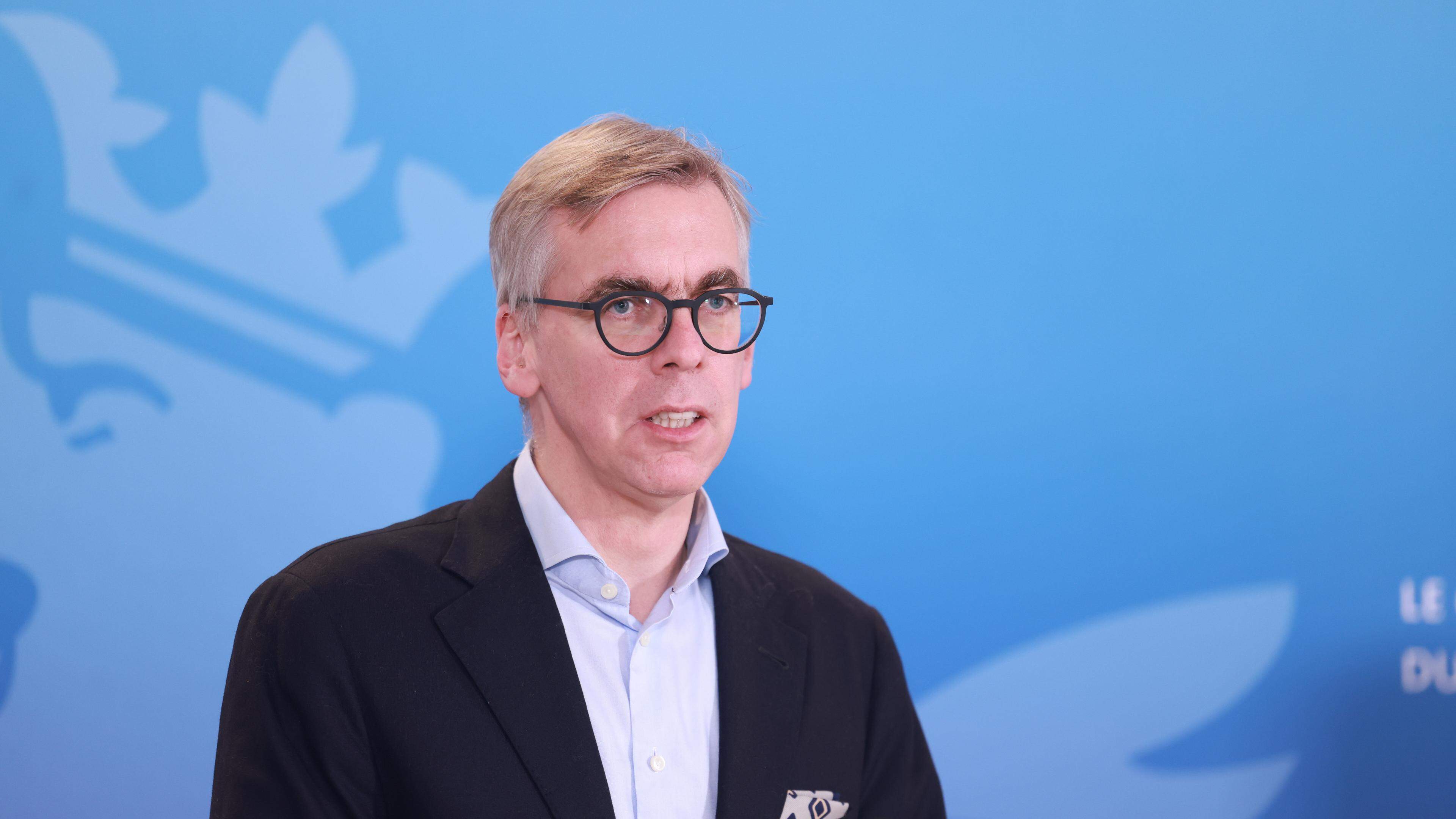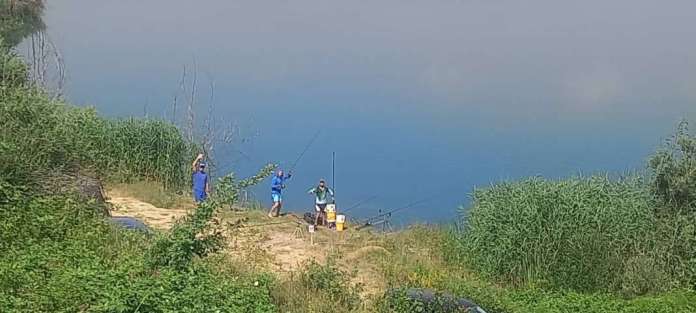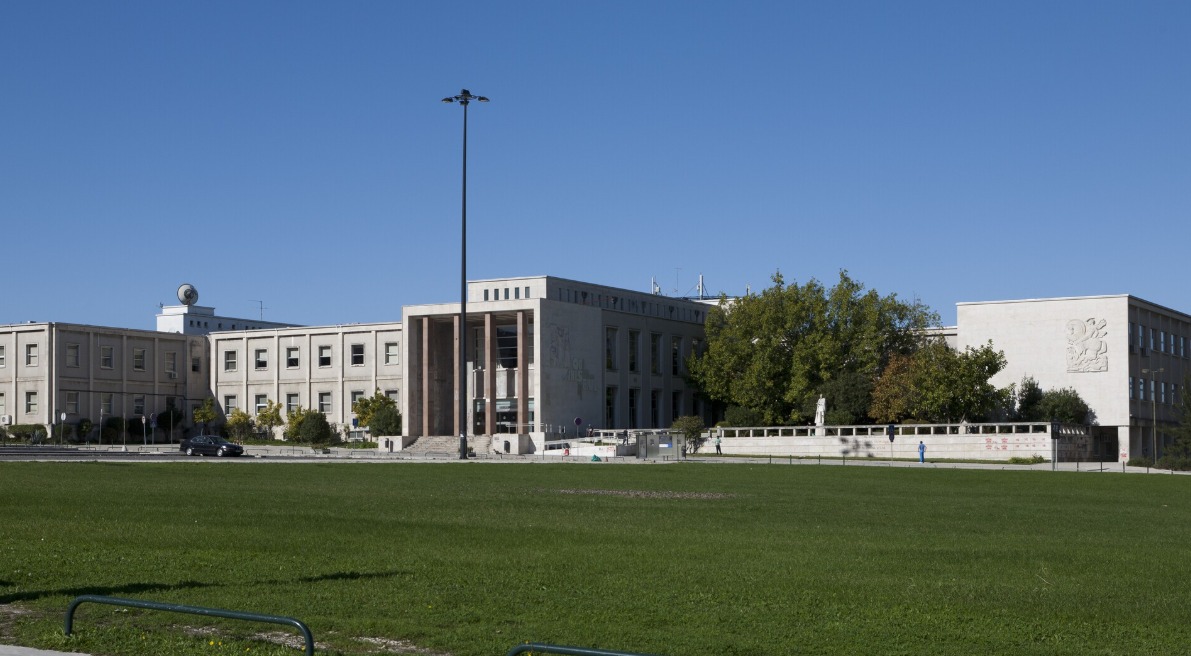Operet’s « Thousand and One Night » – A dreamy journey to the east with love triumphs
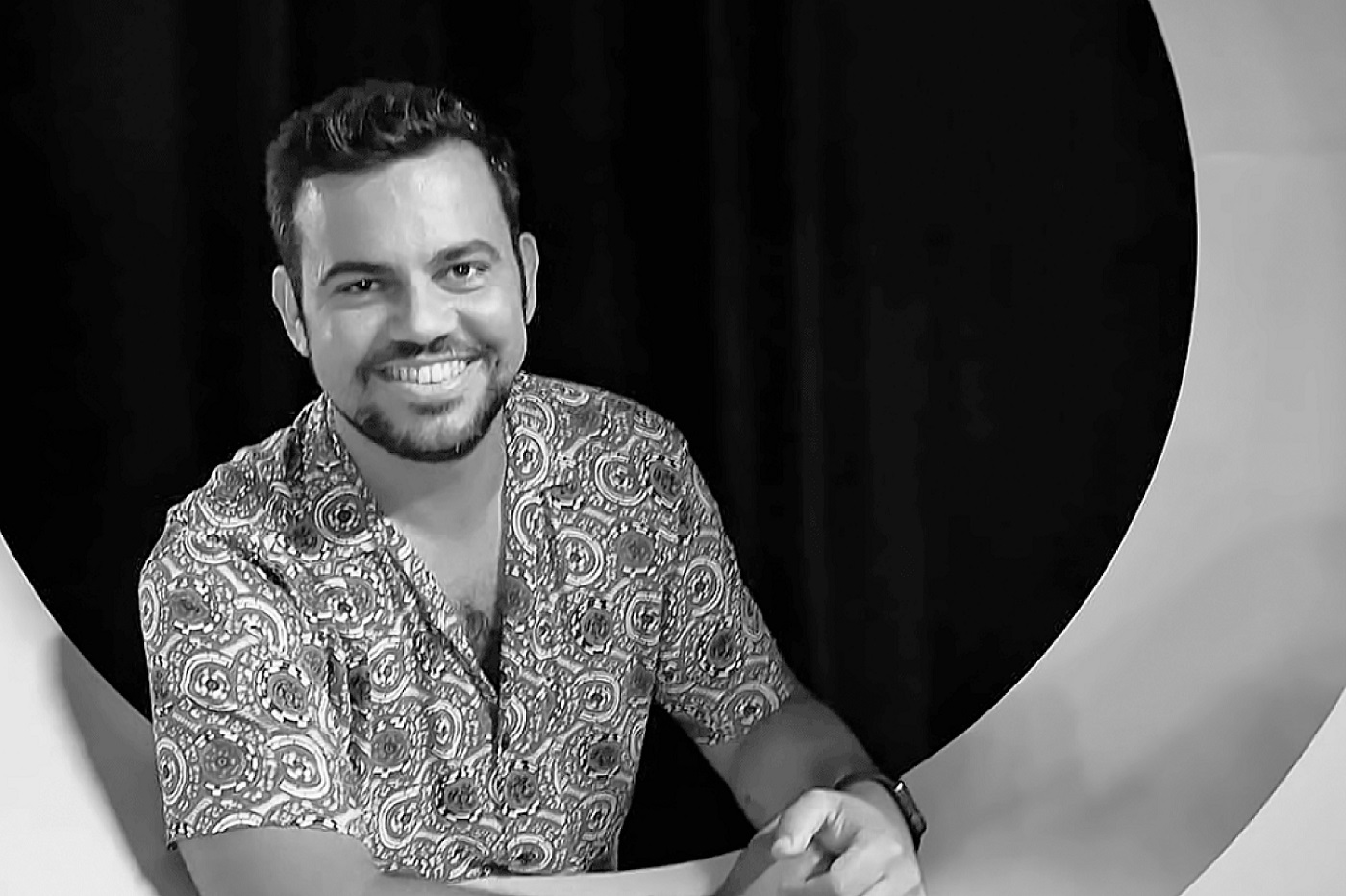
Probably few, the Strauss operetta « Thousand and One Night », is indeed the first composer’s « Indigo and forty robbers », which he made his debut at Vienna Theater in 1871. To write a whole new libretto for this two action with an advanced prologue operetta was entrusted with experienced playwrights Leo Stein and Karl Lindau, and the music conductor and operetta creator Ernst Reiter, who had already rejoined and arranged music from the original Strauss operetta after the composer’s death. 1906. June 15 The « new » Strausso operetta, built on the stage of one theater, also acquired a new name, « Thousand and One Night ». It was sleekly presented to the audience as « an oriental operetta fantastic, dreamy storyline with luxurious ballet scenes and songs. »
The operetta will be presented to the Lithuanian audience by an international team of creators: music director and conductor Adrija Čepaitė, conductor Giedrius Vaznys, director and choreographer Leonard Charlas Prinsloo (Austria), stage designer Carlos Santos Cabrera (Spain), light artist Edvardas Osinskis and costume artist Agnė Kuzmickaite.
Carlos Santos Cabrera tells about preparation for the premiere and stage behind the scenes.
The scenographer Carlos Santos Cabrera. / Photo by personal album
– What are the key visual elements to present the operetta atmosphere?
– In a scenography project, I strive not only to transfer the viewer to a specific time or place and to convey important information, but also to enrich the narrative and strengthen the dramaturgical idea. In preparation for the operetta « Thousand and One Night », I focused on creating a magical, dreamy atmosphere. It is an essential spirit of this work, the charm of stories and stories, where the imagination becomes the protagonist, though invisible.
From this idea, the whole concept of stage aesthetics came from: I wanted to immerse the viewer at the narrative so that he was brought by his own imagination. Whether we are in the deserts of the Arabian, mysterious Eastern cities or in the dream world, it is a journey where the place is not important because the real space is born in the viewer’s imagination.
– How did you balance the historical and cultural aspects of the storyline?
– Through synthesis. It all starts with searching for key values. Aesthetic and architectural references are crucial in this case. In search of ways to convey historical or cultural aspects, I try to avoid established stereotypes that often accompany our perception of, say, Arabic aesthetics. Instead, I try to integrate these links with our dramaturgical vision to create a space that not only visually attractive, but also supports the narrative and the viewer to a meaningful, emotional place.
– To create a scenography that takes place in a fantastic world, does you have a volatile imagination yourself? What are the biggest challenges?
– It all starts with reading the script and listening to the operetta music – this gives the first emotional and aesthetic impression. Later, there was a discussion with director Leonard Princeloo, where we shared ideas, emotions, sentiment until a clear vision of what we want to convey. Then the search for links, studying history, creating sketches, space and stage elements begins.
The storyline of the operetta « Thousand and One Night » takes place in several different places, but most scenes have one transformable space – the palace. One of the biggest challenges was to create a « mountain » space that is completely different from the palace by its very nature and requires radical rebuilding. However, with our magic weapon, the imagination, we created a solution that allows viewers to move to those hills without much physical change on stage.
– The opera plays an important role in the mood of music and narrative.
– In search of that magical atmosphere through colors and shapes, I chose a gold, white and black palette. These tones give the effect of luxury, purity and space – as if the breathable environment for the viewer’s imagination. They resonate with operetta music – contrasting, emotional, sometimes light, sometimes dramatic – and help to enhance the overall mood.
– As a scenographer, you work in different countries. What is the exceptional work with the creative team at Klaipėda State Musical Theater?
– Experience – very positive. Work in this theater is characterized by high quality in technical and human aspects. Cooperate with director Leonard Princelaso is always a pleasure. This is our third joint project, so mutual understanding turns work into a smooth and creative open.
– How did the director’s vision affect the scenography you created on the stage?
– always affects. For the scenographer, communion with the director is very important – we work to tell one story. Although there is no direct influence of the director on visual decisions, constant conversations and discussions lead to the overall result, even without consciously seeking it (laughs). That creative dialogue allows us to create not only an image but also an atmosphere that breathes with the narrative.
– This operetta combines light moments and dramatic experiences. How does everything unite in stage design?
– The lighting is played by the light artist Edward Osinsky in this case. Good scenography is inseparable from good lighting design. As a dramaturgical element, lighting becomes a powerful tool that allows the viewer from one atmosphere to another. Also, the scenography itself is full of lighter and darker spaces, which allows you to highlight dramatic moments and create emotional transitions between scenes.
– What were the most interesting or fun elements you’ve added to the scenography?
– One of the most pleasant moments of creation for me was the composition of the stage space based on geometric patterns. I am very close to this design – especially inspired by the aesthetics of Arabic architecture. I am also very pleased with the « mountain » scene – it gives me strong emotions and hope that it will fascinate the audience as well.
– How do you decide what colors, textures and scaling to be used on stage?
– It always has to do with what we want to say and convey to the viewer. In the scenography of this operetta, I sought to create aesthetic synthesis of Arabic architecture, using geometry, colors and materials – especially white and gold. These colors help convey themes of wealth, luxury and social class. The play of scaling is particularly pronounced on the « mountain » scene – it allows the viewer to dive into a spacious, visually breathable stage environment, which is felt throughout the work.
– How do you move from one stage to another smoothly?
– There is always a challenge to find the right but invisible transitions between the scenes, especially when the spaces are changing. In this operetta, many scenes take place inside the palace, so the presence of the main space allows you to create smooth transitions, including the elements that characterize it in each small space. The versatility of the main space also allows it to be easier to move from closed, intimate spaces to wider, larger places.
– What experiences should viewers be given to viewers? What do you expect?
– I hope the audience will get involved in history and enjoy the views on a stage that awakens the imagination and moves us to the magic, symbol of the Arab world. I want these images to give viewers a feeling that they are not only observers, but also participants in this magic world.


